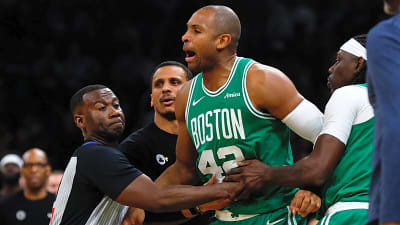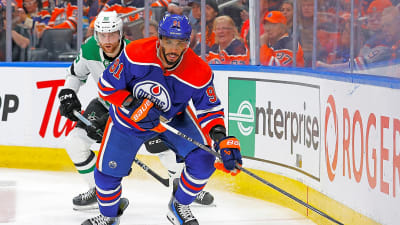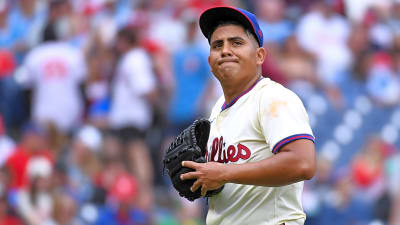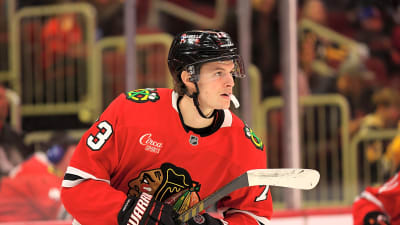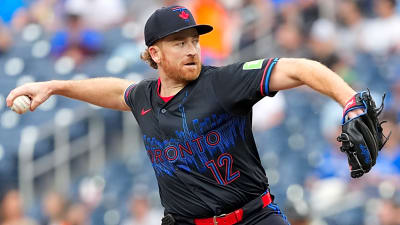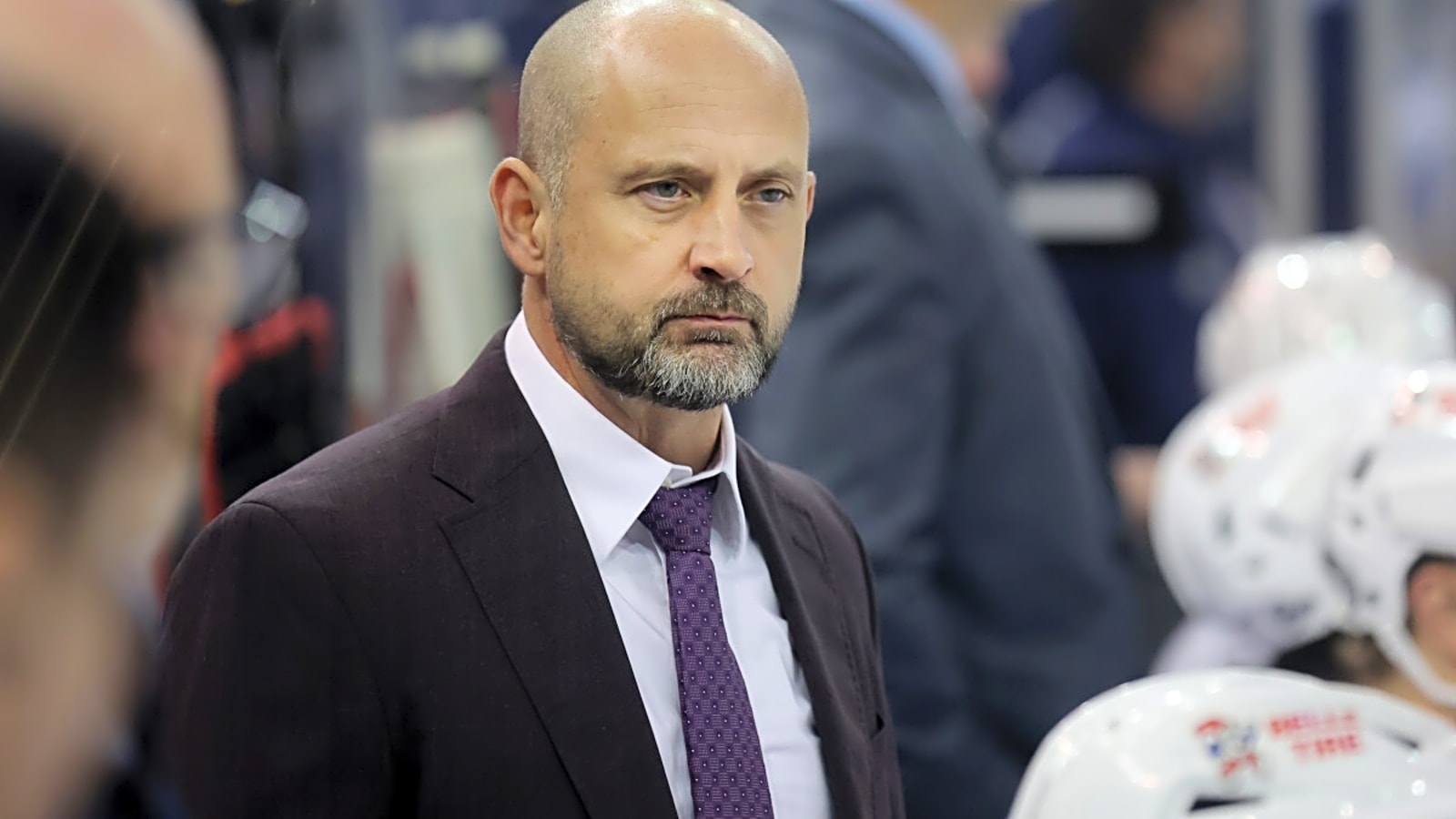
An official coaching change is just around the corner for the Chicago Blackhawks. With David Carle out of consideration, there are still some notable candidates the Blackhawks have to look at. One candidate that isn't at the top of Blackhawks fans' wishlist is interim head coach Anders Sorensen, who is still a very real option for the Blackhawks.
After Sorensen's first 29 games as head coach, we took a look at how he compared to former head coach Luke Richardson. The numbers weren't all that different. Towards the end of the season, we revisited his performance and tried to answer the question, "Is Sorensen the right fit for the Blackhawks?"
Now that the Blackhawks' regular season is over and the dust has settled, let's reflect on Anders Sorensen's first shot at NHL coaching.
Analytics
Anders Sorensen took over the Blackhawks' bench on Dec. 5, 2024, and coached the Hawks for their remaining 56 games. At 5-on-5, the Blackhawks were last in the league in shot attempt share, shots on goal share, and expected goals share. They were second to last in actual goals share with 41%.
The Blackhawks also ranked ninth overall in shooting percentage at 5-on-5 with 9.99%. They were second to last in save percentage with a .894 SV%, indicative of bad defense and goaltending. Compared to Luke Richardson's rather limited 26 games, the Blackhawks were 28th in shooting percentage (7.25%) and 11th in save percentage (.915%).
Under Sorensen, the Blackhawks ranked seventh in power plays (24.9%) and 14th in penalty kills (79.3%).
The Blackhawks roster as a whole wasn't the best. That will impact analytics, no matter how good or bad the head coach is. The Blackhawks' goaltending went through a rough patch towards the end of the season. One area that Sorensen improved at was the Blackhawks' shooting percentage, reflective of Sorensen's emphasis on letting his defensemen take more offensive risks.
In Game Decision Making
Anders Sorensen made interesting use of the last-change rule. Prior to a face-off commencing, the visiting team gets to change their line first, allowing the home team to match the visiting team's decision. This is especially important in the defensive zone (DZ) when you can match an opponent's scoring line with a defensive line of your own.
Connor Bedard struggled heavily in the defensive zone. At times, opponents iced their scoring line, and Sorensen kept Bedard's line on the ice. Sorensen might have wanted Bedard to get more DZ experience, especially against the league's best centers. But the focus should be on Bedard getting as much exposure to offensive zone (OZ) time as possible so he can do the one thing he was drafted for: scoring goals.
Sorensen also didn't adjust his tactics to fit the situation. When the Blackhawks were down a goal or two, it was rare to see the Blackhawks employ more aggressive tactics. In fact, they usually buttoned up in an attempt to stop the bleeding.
When the Blackhawks did get a lead, even if it was a one-goal lead, the Hawks didn't press. They shelled up to protect a lead at all costs. The result was usually blown leads in the third as fatigue and inexperienced defense exposed themselves to their opponents.
Tactics
It's worth pointing out that drastically changing a system mid-season can lead to a lot of confusion. So while Sorensen did encourage his defensemen to pinch and join the rush, he kept his defensive zone tactics consistent with what Luke Richardson was running before he got fired.
Sorensen encouraged his defensemen to pressure the strong side in the OZ. This led to an increase in scoring from defensemen but also exposed the Blackhawks to odd-man rushes. A risk worth accepting at the cost of an increase in offense.
In the defensive zone, Sorensen kept the Blackhawks' hybrid DZ coverage with defenders on the strongside running man-on-man and the weakside winger protecting the slot.
The Hawks Hybrid DZC before Seattle really figured out how to break it. Which isn't hard to do. pic.twitter.com/tvgPsuXaPt
— Steve K (@DirtyThird81) March 19, 2025
The OZ forecheck (my obvious biggest gripe) was usually a 2-1-2 or a 1-1-2. A 2-1-2 should be more aggressive, but Sorensen had his forecheckers attack passing lanes and angles, and rarely the puck carrier. Sometimes, the Blackhawks forechecked well, although I can count those moments on one hand.
Good forecheck examples from the first period. Hawks use a 2-1-2 forecheck and force SEA to make rushed decisions. pic.twitter.com/OyVQd4IjBQ
— Steve K (@DirtyThird81) March 19, 2025
Overall Thoughts
Sorensen's job was tough. To rise from coaching the Chicago Mission, to the coaching staff for the Rockford IceHogs (assistant and head coach), to an interim position with talks of a potential return (feelings aside) is an impressive achievement for the Swedish coach. The first Swedish head coach in the NHL.
His best tactical decision was pushing his team to work as a five-man unit in the offensive zone and having the defensemen involved. But beyond that, there wasn't much to see.
Where I thought he struggled was his in-game decision-making. Those are things that he can personally work on and will come with experience. But the Blackhawks need someone who knows how to be a head coach.
Sorensen made an impressive personal milestone, but other than letting his defense activate in the OZ, nothing stood out. Could he be an effective assistant head coach in the NHL one day? Sure. But I don't think he proved himself to be an effective head coach. Some of his decisions weren't just because the roster is bad. He was inexperienced.
More must-reads:
- Golden Knights reportedly acquire, extend Mitch Marner
- Keeping championship core intact should be Panthers' first win of upcoming season
- The 'First-overall NHL Draft picks' quiz
Breaking News
Trending News
Customize Your Newsletter
 +
+
Get the latest news and rumors, customized to your favorite sports and teams. Emailed daily. Always free!

